TurningArtist Kim Carlino uses abstraction as a structure to explore interconnectedness. She is drawn to abstraction as a lens to explore conceptual ideas in poetic frameworks. Using geometry, line, color, and pattern in continually evolving improvisations, Kim explores space, depth, and surface. Kim is interested in creating narratives in abstraction through a sense of movement in the composition whether through swooping and meandering lines or repeated linear patterning. She then disrupts this sense of movement to create moments of depth through optical patterning, forming spaces that pull you in. In this way, she uses movement to create abstract works that unfold over time as you look at and engage with them and through this process, her work begins to tell a story.
Can you tell us about your work?
My paintings begin through the building up of the surface through staining, pouring, mark-making, draping, tilting, blotting out, or staining both sides. In my studio practice, I primarily work on Tyvek and Yupo because these synthetic surfaces each have unique characteristics that add complexity and texture to this beginning part of my painting process and these materials also provide a surface that I can paint on and get a crisp drawing line. My work lives between painting and drawing, and I bring a collagist’s sensibility to my work as I juxtapose disparate elements side by side, playing with edges and chasms of space that become filled with optical patterning, bold forms, or abstract forms of nature. These contrasts in my work are an opportunity to explore a tension that exists between elements that are at odds with each other, and to seek ways to bring them into balance and harmony with a sense of playfulness.
Can you tell us about your journey to becoming a professional artist?
I have had a pretty non-traditional route to becoming a professional artist. I was always a maker of some sort, working with my hands whether playing piano, sewing, or handwork crafts, but I didn't find painting until my late teens. I really fell in love with painting when I moved to NYC at 20 from rural Michigan and started going to the museums and galleries. I was captivated by the emotion of expressionism and color and began to take classes at the New School with Avron Soyer and at the Drawing Room with Bill Welltman where I learned how to draw an expressive line through repetition and muscle memory. After years of personal exploration, I found myself drawn to pursue an academic setting at Umass Amherst where I received my BFA in painting. There I learned to hone my conceptual vision and visual vocabulary while studying with Richard Yarde. I think this is where it all really began for me- the hard work of transitioning from just doing a thing I loved to making this pursuit my life. I had acquired all these tools over the previous years of living and studying while discovering my vision of what a professional artist could look like.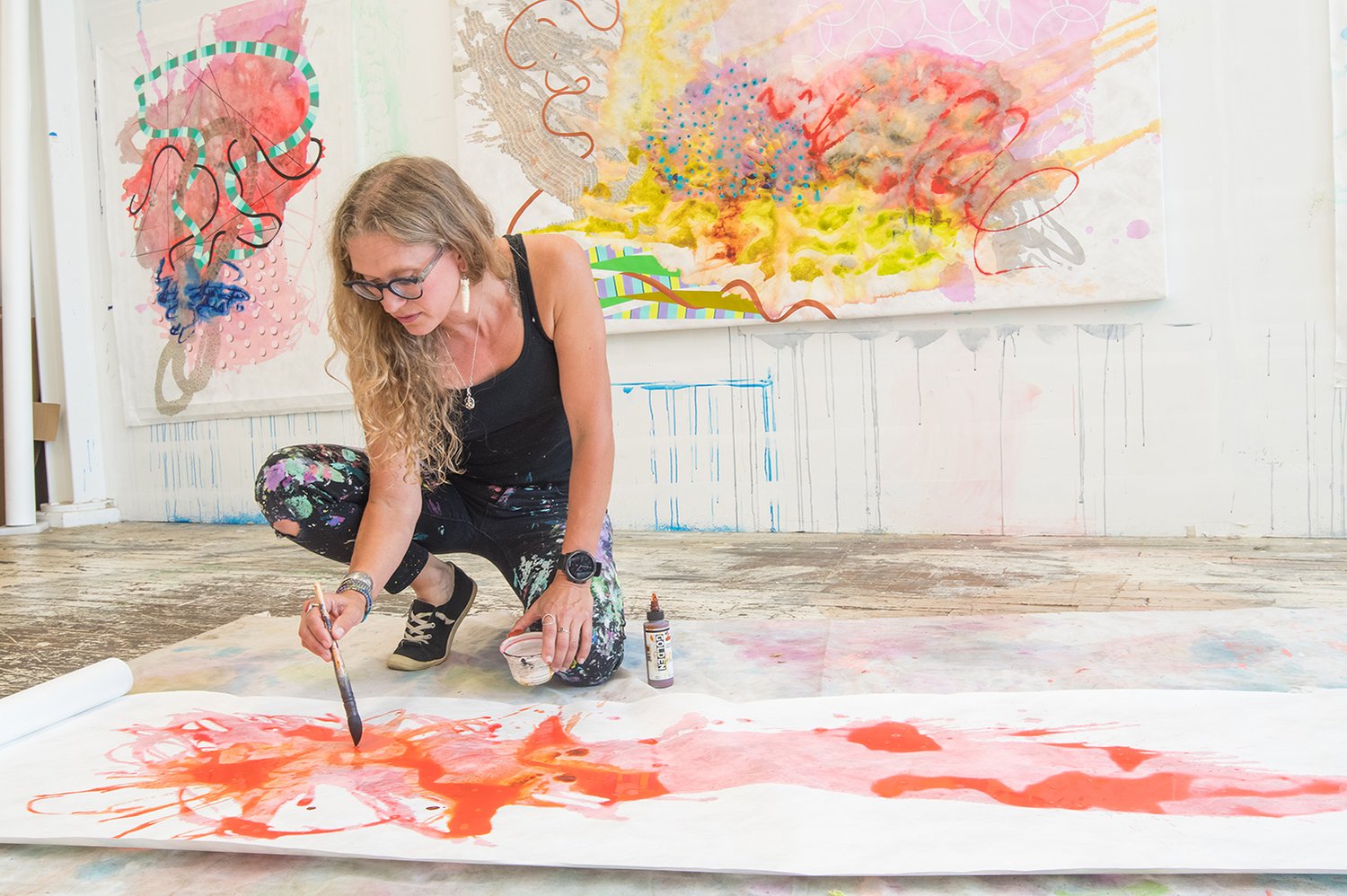 When you are looking for inspiration, what resources do you turn to?
When you are looking for inspiration, what resources do you turn to?
Nature and poetry. The processes of nature are perennially illuminating. I spend a lot of time in nature daily, hiking, walking, and botanizing. It is a grounding force for me and helps me stay in the present moment. For me, I like to “feed” on or absorb these experiences, synthesize them in some internal unconscious way and then see how they manifest in my work without direct representational correlation. I think in this way, my work becomes these autobiographical snapshots of daily influence, thought, personal associations, and experience of place. Poetry has also been a huge inspiration. The feeling of the rhythm of the language and words as I read the poems has energy and sensation to it that I am very drawn to. The distillation of moments in poetry has been really influential on my newest “In Here Together” series as I work to condense form down to its essential essence.
Walk us through a typical day in your studio. What is your routine? Has it changed in the past year?
My day really starts over my morning tea as I plan my day. Each day is kind of different depending on what project or show that I’m preparing for. I usually hike every morning, and then get to the studio about 10 am every day. I don’t keep my computer at my studio so that once I’m there, I’m present, in the zone, and ready for painting. I usually have many different pieces going simultaneously, and I love to just look at the work when I arrive. As my work becomes more and more distilled, the process of looking at the work becomes more crucial. I always love this time to gather the threads of the day before and carry them forward into the day's work. I usually work till 5 or 6 pm depending on how things are going.
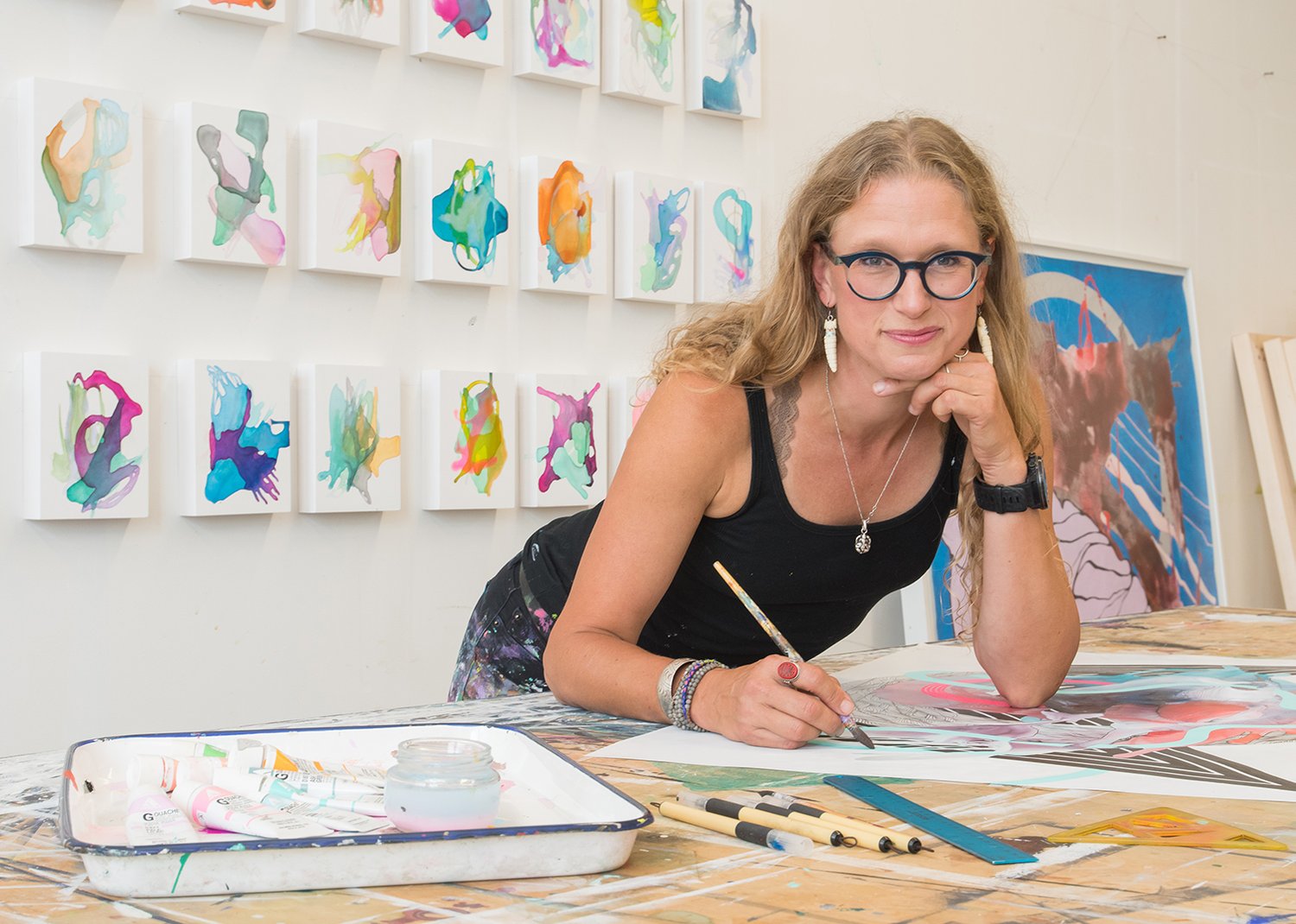 Finding the right rhythm to be productive in the studio can be a challenge, what advice do you have for staying productive and focused?
Finding the right rhythm to be productive in the studio can be a challenge, what advice do you have for staying productive and focused?
Treat your studio practice like your job. Keep regular hours and hold them sacred because showing up regularly and putting in the time is how you stay connected to the flow of your work. I think that’s really where the magic happens through that consistent time and space. But I’m going to give a caveat... Set limits. It’s easy to be on all the time, but you need the fullness of life’s experience so that you don’t burn out. In that way, it’s a delicate line to walk between productive and focused and obsessed and consumed. I think your work will suffer.
What advice do you have for combating creative block?
I think of creative block as your mind telling you that you need a break or a new perspective. So always be kind to yourself because sometimes our ideas get stuck or depleted and it’s natural and we just need a creative recharge. I always remind myself that needing a break is part of the process too, and then I just get curious about new paint, or fun stencils, or a new surface to try out. Through that act of exploration, I know that it will lead somewhere, and usually, at some point, I find myself excited and off in a new direction. My advice would be to trust that creative block is sometimes just part of the process.
As an artist, how do you measure success? Can you recall a specific event in your career that made you feel successful?
I remember in college a professor looking around the room and telling all the students that in 5 years most of us wouldn’t be making art anymore and that success looked like the people that kept going anyway. I really believe this... For the artist to continue to create despite overwhelming challenges of time, money, and recognition just to see a thing exist in the world... That is success. I’ve been out of school for 10 years and have grown quite a body of work and public works. The moments that have given me a sense of success have come as I’ve looked back over this work to see the way it has expanded and evolved. There was a moment when I was doing my first project with the NYC DOT where I could see a way for my public art career to start taking shape.
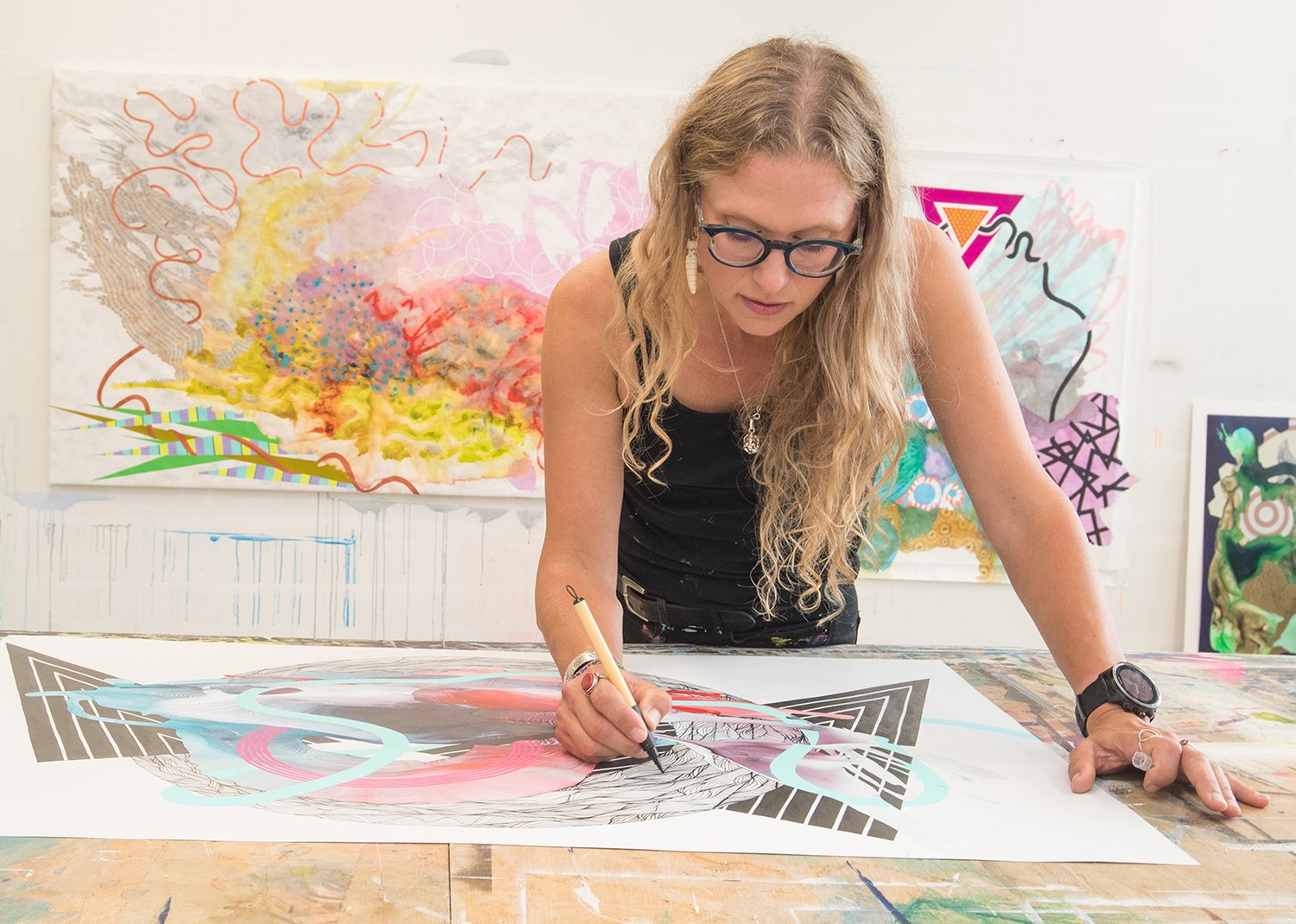 How do you see the art market changing? Where you do see yourself in this transition?
How do you see the art market changing? Where you do see yourself in this transition?
The art market has really opened up the possibilities for artists to be more independent and do multiple things. I believe that the distinctions between fine art/commercial art/street art etc. continue to be blurred and this opens up many new avenues for artists to exist in more than one realm. I think of myself as an Independent Artist working in multiple realms and being at the helm of my own creative ship.
What advice do you have for artists who are beginning to build their careers? Have there been any habits or strategies that you have adopted that you feel have created more opportunities or visibility for your work?
Make the work first! Work hard. Devote your time and self to understanding your work, and be true to what your voice is. You’ll know when you get to this point... And it’s going to take time, so get a job that doesn't put pressure on your art to be more than it is before it's ready. Ok, you’ve got the work? Get organized! When I was just out of school, I started keeping a running tally each year on my computer desktop of upcoming deadlines, opportunities, and grants. That way I could easily see what was coming up and not miss deadlines so that I could apply to as many opportunities as possible. I think you really just want to get your work out in front of people. That process helps you to understand your work and be able to write and talk about it. When I decided that I wanted to do wall paintings, I started partnering with building owners to create opportunities to learn the process and build my portfolio. Everything grew from there! Lastly, I would recommend finding a community of fellow artists to connect with and share and self-organize opportunities.
Do you consider yourself, and all artists, to be entrepreneurs? Why or why not?
Good question! A complicated one, but yes, especially now more than ever we must be the R&D, the marketing, the accounting, the production, all while not losing the thread of creative time and connection to our work.
Failure is an inevitable part of success in any field. Do you have advice for overcoming setbacks?
In the art world, failure is a constant: if you are taking risks, putting yourself out there, and trying new things you have to have a thick skin. I got this really great piece of advice many years ago to make a rejection/failure list and put it up where you could see it, and actively try to grow that list with the idea that the more you fail, the more you are actually trying, putting yourself out there, and taking those risks. The probability of success only increases! This is the same if you’re creating proposals, trying a new process or idea in the studio... You have to make friends with failure to learn from it and grow.
 What sparked your interest in partnering with TurningArt?
What sparked your interest in partnering with TurningArt?
I was really inspired by the work that they do in showcasing local artists’ work, and then once I started working with them I felt taken care of, encouraged, and advocated for. The thing with TurningArt for me is that they are genuinely so excited to share my work and that feels so energizing when working on these projects.
What does having your artwork in the workplace and other commercial or public spaces mean to you?
Having my art in public spaces brings me such joy to know that my artistic vision of bringing color, positivity, and a sense of energy can have a greater effect by being accessible to so many more people. I love knowing that my work exists in these realms, having lives of their own, being looked at and thought about while people move about their daily lives.
To see more featured TurningArtists, return to our blog. To get Kim Carlino's art in your space, set up a free consultation with an Art Advisor here!
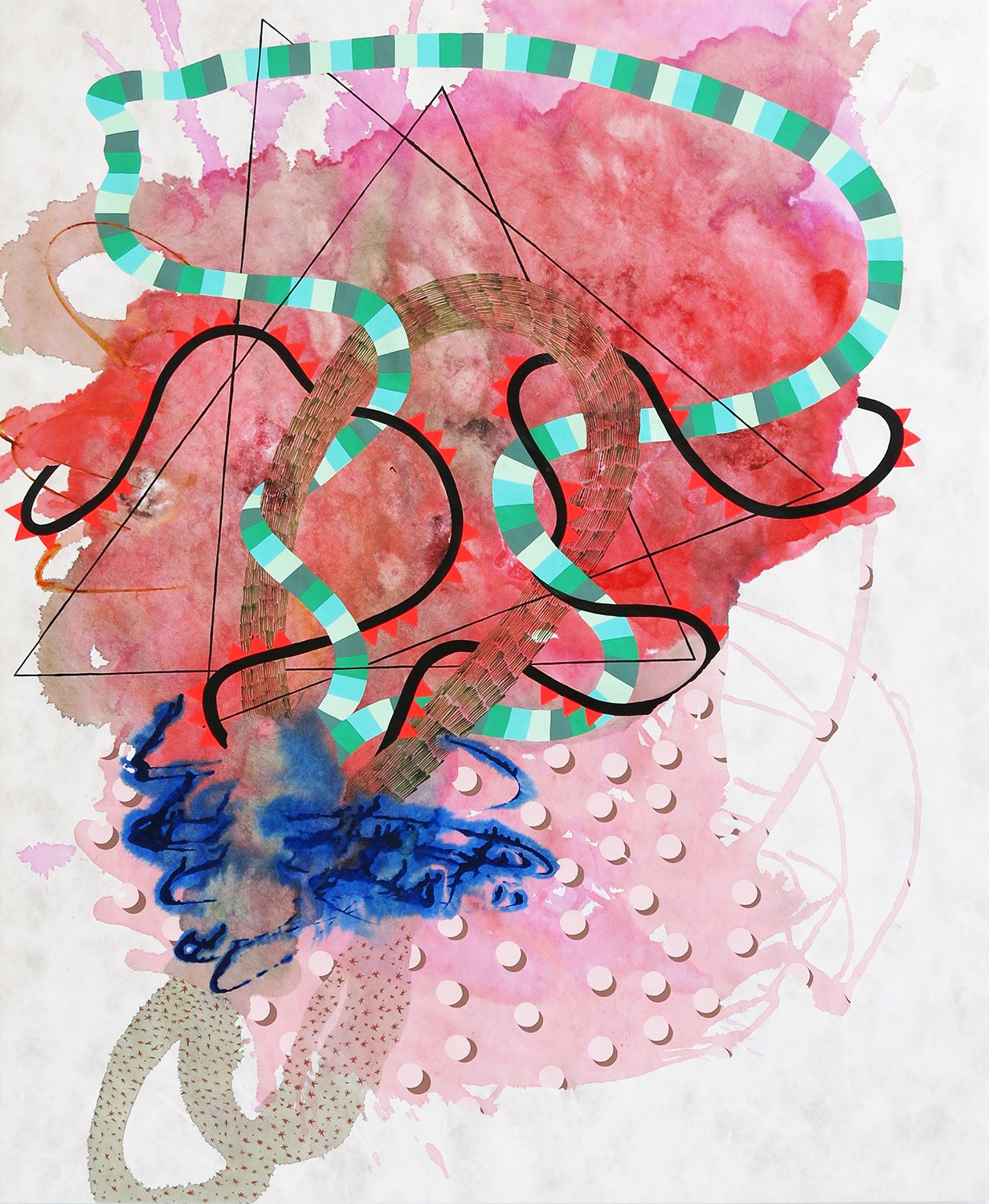
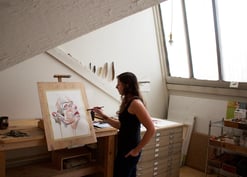



.jpg?width=332&height=177&name=%E6%A9%983-2%20(1).jpg)

